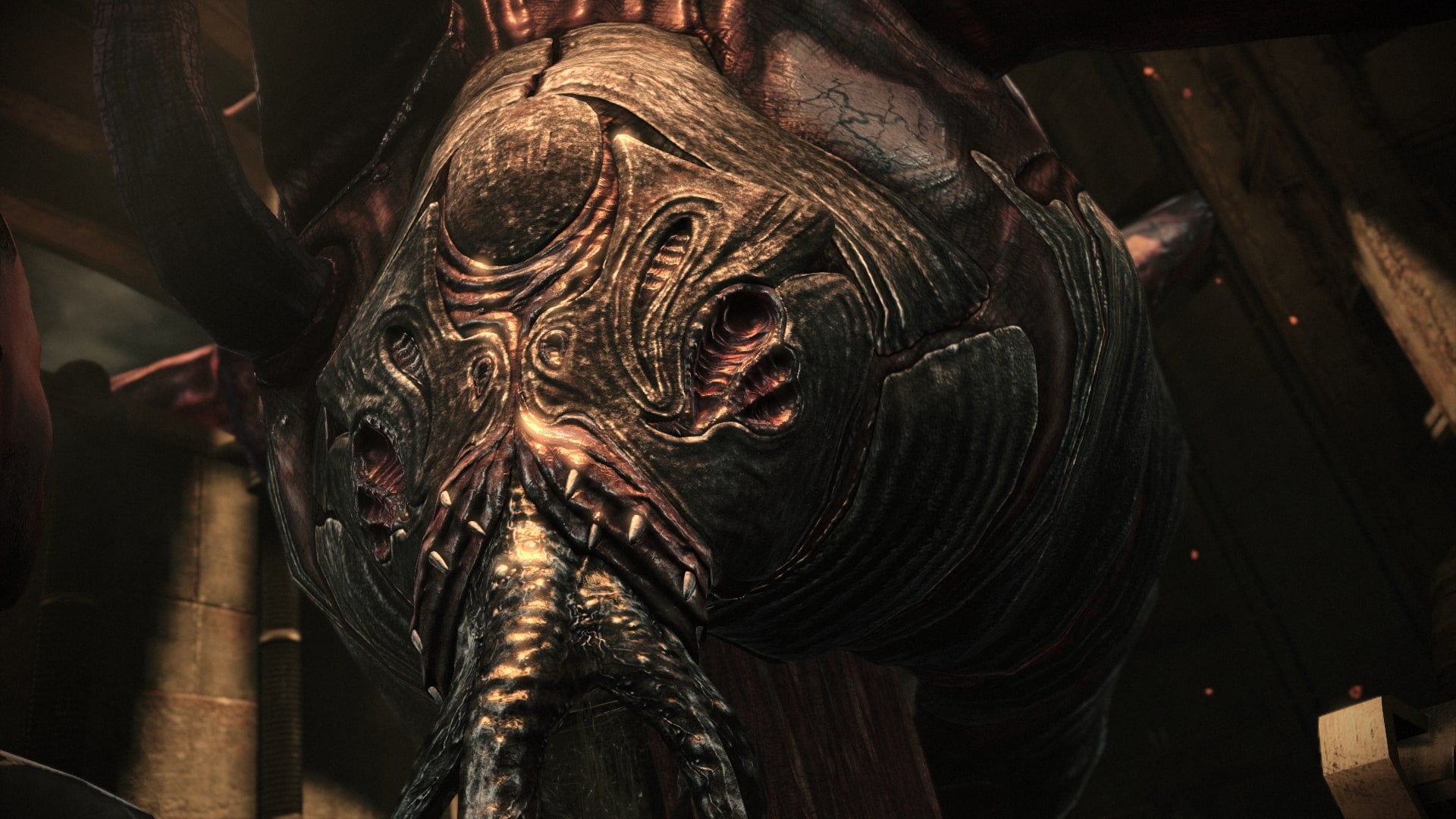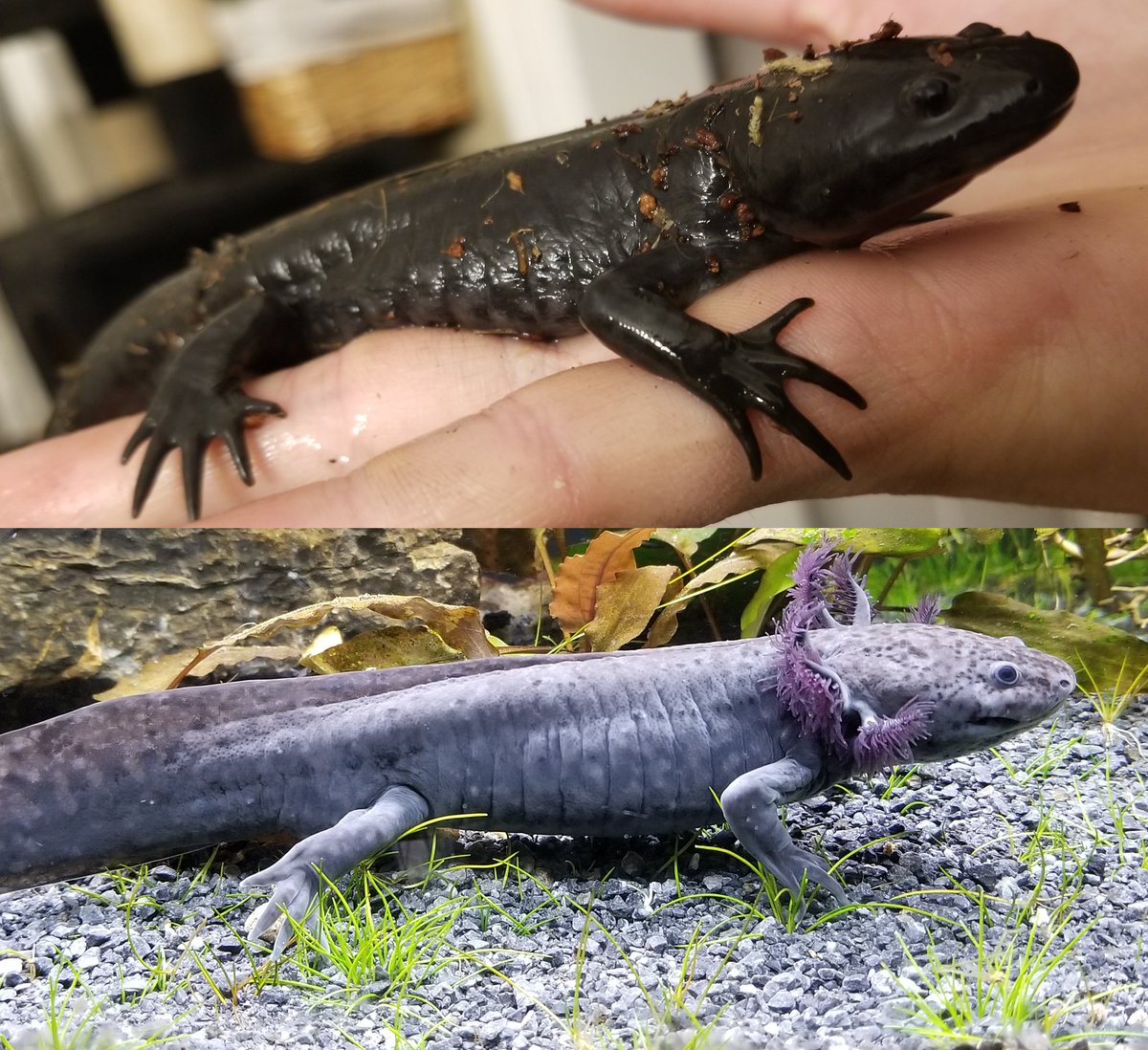SpiritFluid
Spooky, and Gay
- Location
- The Sun from which The Shadows Cast
- Pronouns
- She/Her/They/Them
Have been thinking a lot about Mass Effect's Thorian lately.
Ya know,

More specifically, an iteration and explanation of the Thorian (or "Thoi'an"), that discusses how they would operate and basic set-up of their interstellar empire, as devised and rationalized by LogicalPremise. I don't especially care for a greater swathe of their worldbuilding reinterpretations to Mass Effect (one million different ancient competing super conspiracies a plenty and the usual Terran Empire drivel), but this idea is fun.
Essentially, a Thoi'an is what would happen if a Portugese Man o' War decided it wanted to become a fungal/floral von neumann probe. Multiple species working together to operate as a kind of superorganism, made to subsist and solidfy itself into essentially any environment it can, while influencing the behaviour of other species or consuming them — to create bio-engineered facsimiles that can act as a further instrument or component of itself. Which might sound simple enough, but explored outwards, I feel like there's a potentially fascinating and really nicely unsettling kind of alien faction or even "big bad" in that.
I just have had this mental image motivated inwards from "the Thorians as a significant spacefaring empire" of them essentially being this kind of grim, horrifying industrial force.
Monolithic ships that exist as essentially life supporting incubators for a Thorian, a terraforming vessel that doubles as a warship. They mould a part of a continent to their liking with 'rods of god', redirected asteroids, or any other number of means, and necessitate the appropriate gardening of more fertile grounds for a Thorian, and then release their spores, birthing a Thorian that will create its own progeny of sampled 'servant' races, who will mine the planet and create the necessary infrastructure to build the planet up to their own liking.
Or, they come over an enemy colony/homeworld, and fire their own spores down at the planet, subsuming them through bioweapons of their own devising, ensnaring them under their own control, and breaking down the captured cities and populations as fodder and fertile soil for a Thorian to rise out and subjugate/ensnare the world.
Alien invaders that actively subvert and terraform the world by their own existence and creep outwards to corrupt and innovate and subjugate. A kind of middlegrounds between the Zerg and the Flood, if that makes any sense.
Ya know,

More specifically, an iteration and explanation of the Thorian (or "Thoi'an"), that discusses how they would operate and basic set-up of their interstellar empire, as devised and rationalized by LogicalPremise. I don't especially care for a greater swathe of their worldbuilding reinterpretations to Mass Effect (one million different ancient competing super conspiracies a plenty and the usual Terran Empire drivel), but this idea is fun.
Essentially, a Thoi'an is what would happen if a Portugese Man o' War decided it wanted to become a fungal/floral von neumann probe. Multiple species working together to operate as a kind of superorganism, made to subsist and solidfy itself into essentially any environment it can, while influencing the behaviour of other species or consuming them — to create bio-engineered facsimiles that can act as a further instrument or component of itself. Which might sound simple enough, but explored outwards, I feel like there's a potentially fascinating and really nicely unsettling kind of alien faction or even "big bad" in that.
I just have had this mental image motivated inwards from "the Thorians as a significant spacefaring empire" of them essentially being this kind of grim, horrifying industrial force.
Monolithic ships that exist as essentially life supporting incubators for a Thorian, a terraforming vessel that doubles as a warship. They mould a part of a continent to their liking with 'rods of god', redirected asteroids, or any other number of means, and necessitate the appropriate gardening of more fertile grounds for a Thorian, and then release their spores, birthing a Thorian that will create its own progeny of sampled 'servant' races, who will mine the planet and create the necessary infrastructure to build the planet up to their own liking.
Or, they come over an enemy colony/homeworld, and fire their own spores down at the planet, subsuming them through bioweapons of their own devising, ensnaring them under their own control, and breaking down the captured cities and populations as fodder and fertile soil for a Thorian to rise out and subjugate/ensnare the world.
Alien invaders that actively subvert and terraform the world by their own existence and creep outwards to corrupt and innovate and subjugate. A kind of middlegrounds between the Zerg and the Flood, if that makes any sense.

